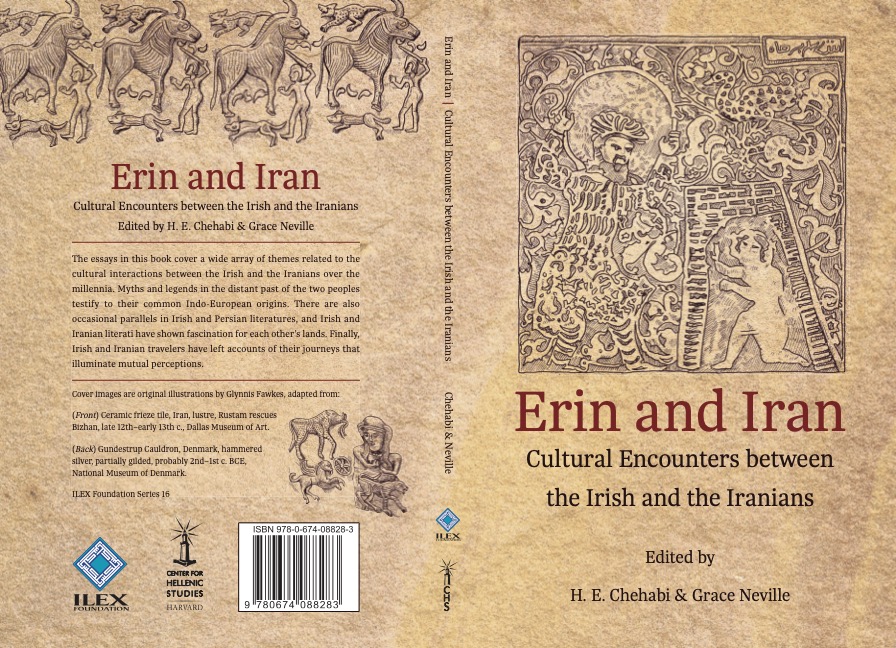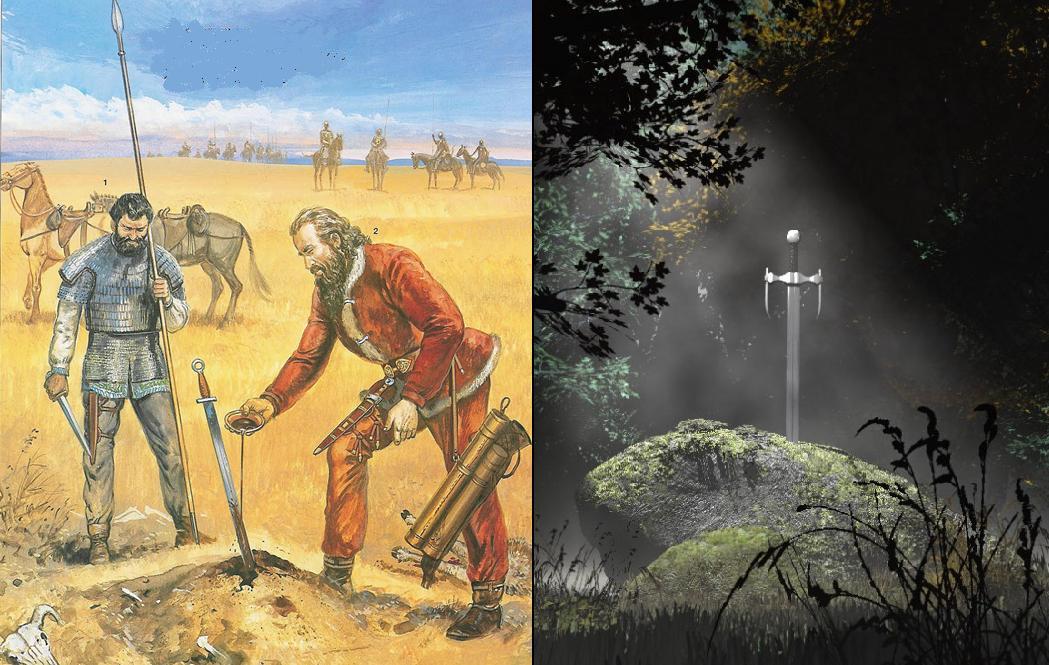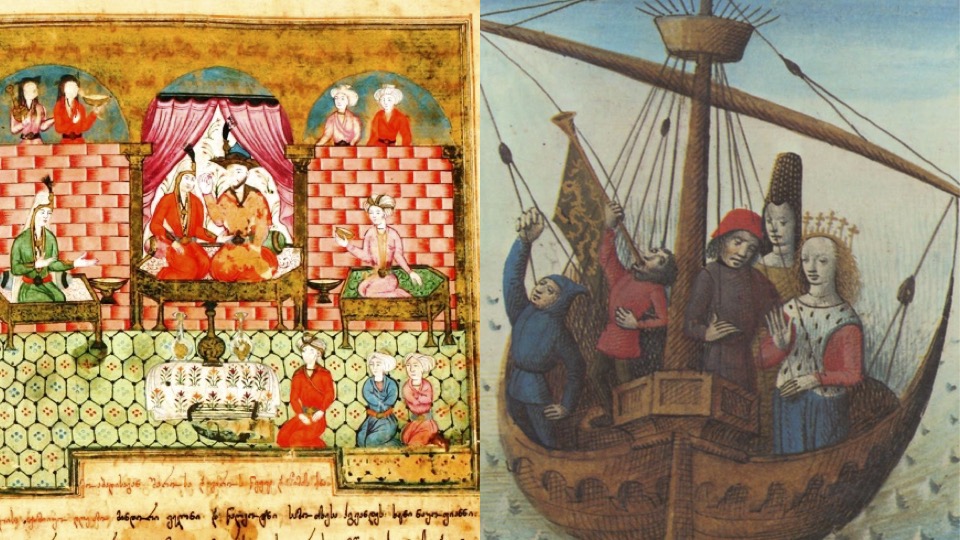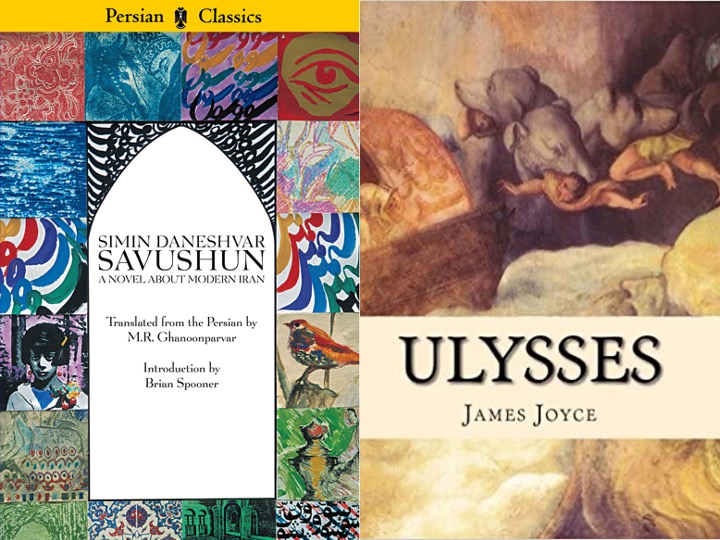The book Erin and Iran edited by H.E. Chehabi (Professor of International Relations and History at the Frederick S. Pardee School of Global Studies, Boston University) and Grace Neville (Professor Emeritus of French at University College Cork) provides articles by European and North American academics examining the encounters and interactions between the Iranian and Irish (Celtic) civilizations. Readers further interested in the civilizational relations between Iran and Europa are invited to also consult the following link:
This book is the first formal academic study to explore the (hitherto largely ignored) domain of Irish-Iranian civilizational relations.

- Order at Amazon (click here …)
- Publisher: Ilex Foundation/Harvard University Press
- Year of publication: 2015
- Paperback: 224 pages
- ISBN-10: 067408828X
- ISBN-13: 978-0674088283
In the first section three essays explore common elements in pre-Christian Irish and pre-Islamic Iranian mythologies, common elements that have often been pointed out by scholars of Indo-European mythology but rarely examined in detail.

[Left] A reconstruction by Brzezinski and Mielczarek (2002) of Iranian-speaking Sarmatian warriors paying their respects to a fallen comrade in Europe (circa 1st century CE) – note the ritual of thrusting the fallen comrade’s sword into the earth. [Right] a screenshot of the Excalibur sword of King Arthur thrust into the stone (Movie “Excalibur“, 1981, John Boorman). This is one of many parallels between the Arthurian legends and the mythologies of the ancient Iranians (Pictures used in Kaveh Farrokh’’s lectures at the University of British Columbia’s Continuing Studies Division).
The second section provides four essays that deal with literature topics. Among the subjects discussed are parallels between the Irish medieval romance Tristan and Isolde (Iseult) and the Parthian-era Vis and Ramin.

[Left] A Georgian miniature manuscript (Persianate style) dated to 1729 which narrates the tale of Vis and Rāmin in the Georgian language (Source: Public Domain) [Right] A 15th century medieval miniature by Évrard d’Espinques () depicting Tristan and Isolde (Iseult) on their ship-borne voyage to Cornwall (Source: Public Domain).
The book then draws towards the modern-era where scholars also examine Irish-Iranian parallels in 20th century novels such as Savushun (by Simin Daneshvar) and Ulysses (James Joyce).

The final section presents three travelogues from the nineteenth-century (one of these was written by an Indo-Persian voyager to Ireland with the other two written by Irish persons who went to Iran).
Readers are noted that there are also melodic parallels between classical Irish (and Celtic music in general) and classical Iranian music – see for example the clip below by the Irish-Iranian fusion musical group known as Nava:
A short music clip of Nava making their new release “Sojourns Vol.1” in Summer 2019 in Dublin produced by Tony Byrne and Recorded by Adrian Hart (Source: Nava in YouTube).
For more in Irish-Iranian cultural ties, see … “Surprising Find of Unknown Gaelic Translation of Ibn Sīna in Spine of Irish Book” …
Avicenna in Ireland: A manuscript discovery with Professor Padraig O’Machain (Source: Mediavalists in YouTube). This video outlines the amazing connection between Iranian and Irish medicine as outlined by the discovery of a medieval fragment of Ibn Sina’s (Avicenna’s) Canon of Medicine bound in a sixteenth-century Irish book. In this video, professor Pádraig O’Macháin discusses how his discovery provides physical evidence that Avicenna was known in Ireland with his works having been translated and shared in the Gaelic language. For more see Medievalists …



